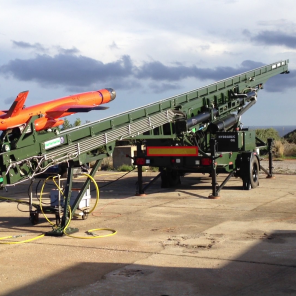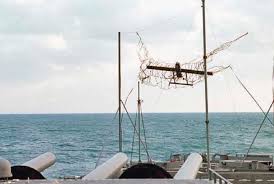Women should Hold on to their Aspirations, says Geospatial Expert, Tinah Mutabazi
This Blog features Tinah Mutabazi from Uganda who shares her story on the occasion of the International Women's Day 2022.
Women should Live with their Choices, says Roboticist, Gentian Venture
This Blog features Gentian Ventures who shares her wisdom on the occasion of International Women's Day 2022.
Women should Follow their Instinct, says Air and Space Law Expert, Rachel Pachoud
This Blog features Rachel Pachoud who shares her story of Love, Grit and Success on the occasion of International Women's Day 2022.
Women should Build Resilience, says Diversity Leader, María Fernanda Trochimezuk
This Blog shares the stories of Women Leaders on the occasion of International Women's Day 2022, featuring María Fernanda Trochimezuk.


























































